 To dress well you have to do it accordingly, from head to toe. We must never neglect to decorate any part of the body, especially the one that covers the source of all ideas. As a good couturier, Cristóbal Balenciaga never forgot the importance of the hat when it came to making a perfect outfit. Perhaps this aspect of him as a hatter was overshadowed by his innovative designs that gave him fame and prestige in his time. Not for nothing is this Basque designer considered one of the great needle-workers in the history of fashion. Now, in order to unearth the brilliance and perfectionism of this add-on, a separate chapter is being dedicated to it. Thus Barcelona is hosting for the first time a unique exhibition focused on the hats and headdresses of Cristóbal Balenciaga . An extraordinary sample , the result of years of joint research on the collections of hats at Museo Cristóbal Balenciaga, located in Guetaria, and the Museu del Disseny de Barcelona, institutions which have co – produced the exhibition , curated by Igor Uría the curator of the Museum Cristobal Balenciaga and Sílvia Ventosa, curator of textiles and clothing from the Barcelona Museum of Design .
To dress well you have to do it accordingly, from head to toe. We must never neglect to decorate any part of the body, especially the one that covers the source of all ideas. As a good couturier, Cristóbal Balenciaga never forgot the importance of the hat when it came to making a perfect outfit. Perhaps this aspect of him as a hatter was overshadowed by his innovative designs that gave him fame and prestige in his time. Not for nothing is this Basque designer considered one of the great needle-workers in the history of fashion. Now, in order to unearth the brilliance and perfectionism of this add-on, a separate chapter is being dedicated to it. Thus Barcelona is hosting for the first time a unique exhibition focused on the hats and headdresses of Cristóbal Balenciaga . An extraordinary sample , the result of years of joint research on the collections of hats at Museo Cristóbal Balenciaga, located in Guetaria, and the Museu del Disseny de Barcelona, institutions which have co – produced the exhibition , curated by Igor Uría the curator of the Museum Cristobal Balenciaga and Sílvia Ventosa, curator of textiles and clothing from the Barcelona Museum of Design .
 A key complement
A key complement
Thus ‘ Balenciaga. The elegance of the hat ‘ is the first international exhibition focused on the hats and headdresses of the master Balenciaga that were created in the headgear departments of the Haute Couture House in Paris and Madrid from the late 1930s until the closing of Balenciaga’s fashion- houses in 1968.
In the exhibition 87 hats are on public show, 78 of which are presented individually, 9 with a linked set of clothing and a dress with stole. To be precise 43 are from the collection of the Museu del Disseny and the other 44 from the collection of the Cristóbal Balenciaga Museum.
For the first time the elements in the collection are studied as creative objects with their own entity and are integrated into their own exhibition discourse.

Architect of form
Cristóbal Balenciaga established a very characteristic style and shape in his designs for hats, with refined, stylized volumes that are created via very simple, almost abstract forms, being in themselves authentic sculptures. The exhibition delves into the uniqueness of the designer’s work, highlighting the innovative and imaginative forms, the selection of exquisite materials, the search for techniques, and the artisan character of his hat production. The sum of all these factors makes them unique, unrepeatable and magnetic.
A good connoisseur of historical and popular headdresses, Balenciaga updated them and made them fashionable, always experimenting to create new models. At the same time he studied hats from multiple cultures, which he reinterpreted in a modern way and played with the harmony and contrast of colours seeking to create a profound visual impact.

The secret is in the clothing
This monographic exhibition allows us to admire some unique pieces and at the same time reveal certain aspects of the making of hats that are quite unknown, both in terms of the work in the workshops and their dissemination, both tasks fundamentally carried out by women. Therefore the exhibition highlights the feminine world that shaped Balenciaga’s design and creations: the Paris and Madrid departments were run by women : hat makers and saleswomen. And this women’s work as a counterpoint in the feminine world that used them : the women of the social elite dressed by Balenciaga. They were colloquially called “the Balenciagas”.

Identity and class symbol
From a contemporary perspective, ‘Balenciaga. The elegance of the hat‘ details the importance of this accessory to distinguish itself in the social and cultural context of the time. The headdress is an essential piece of clothing that balances volumes and completes the silhouette and image of the person. It is also a marker of identity, hierarchical distinction and social status. Since ancient times this accessory has been both an element of protection and a symbol of authority, thanks to the extravagance of its ornamentation or its size. It was not until the end of the 19th century, with the appearance of new purchasing and consumption habits, that women’s hats were introduced to all levels of society.
In the world of haute couture in the mid-20th century, headdresses brought glamour with a touch of boldness. In parallel hats were an element of daily use until the 1960s when, in the context of social movements that advocated social and gender egalitarianism, their use declined, it being symbolically related to the upper classes and a society organized according to a patriarchal hierarchy. Today, hats occasionally appear at fashion shows and at private parties or social ceremonies.

Greater outreach
The exhibition also has a “get to know” area, a library service with consultation and loan of more than 300 titles offered by the Documentation Centre of the Design Museum in collaboration with the Josep Benet Library in El Clot. The exhibition catalogue is packed with articles by the curators and a special collaboration from the renowned hat maker Philip Treacy. There are editions in Catalan, Spanish, Basque and English.
‘Balenciaga. The elegance of the hat’ opens in Barcelona from June 17 to October 3, 2021. Then the exhibition will migrate to the couturier’s hometown and can be seen at the Cristóbal Balenciaga Museum in Getaria from May 2022.

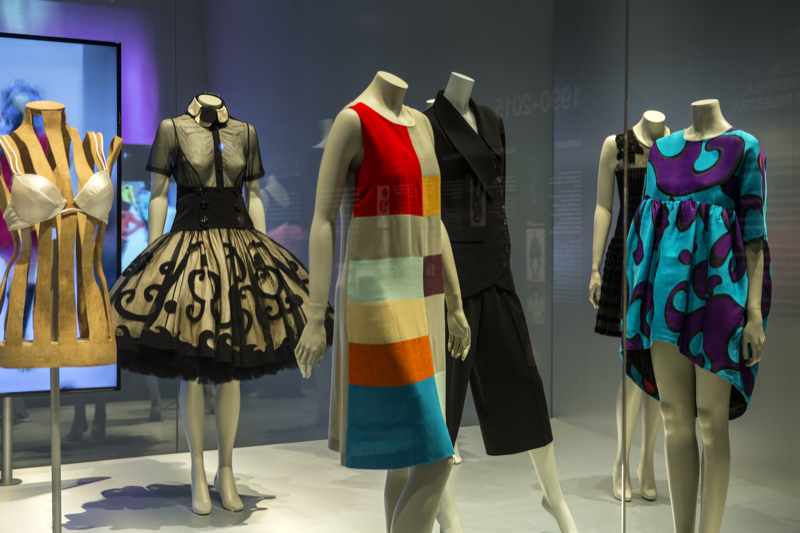
The Museum of Design in Barcelona is renewing and expanding one of its most symbolic exhibitions dedicated to the art of dressing with the addition of 12 dresses by 7 new designers to become part of the museum’s collection. Thus the sample “The clothed body. Silhouettes and fashion (1550-2015)” of the curators Teresa Bastardes and Sílvia Ventosa will feature Lydia Delgado, Josep Abril, Teresa Helbig, Krizia Robustella, Miriam Ponsa, Txell Miras, Andrea Ayala, Carlotaoms, La Marthe, Ángel Vilda Celia Vela and Roser Marcé,among other Catalan designers. This re-inauguration took place last Thursday, June 1st and had the support of specialist designers and professionals in the sector.
The exhibition ‘The clothed body. Silhouettes and fashion (1550-2015)’ reviews the history of each era through the different ways of dressing, as governed by moral, social and aesthetic codes of the time. It is well known that fashion imposes canons of beauty and the silhouettes and volumes are modified: nature gives way to artifice. Throughout the last centuries dress has changed proportions and has modified the relation of a person with respect to space and other individuals.
This exhibition specifically reveals how dress modifies the appearance of the body through actions that alternately tend to constrain or liberate it, from the sixteenth century to the present.
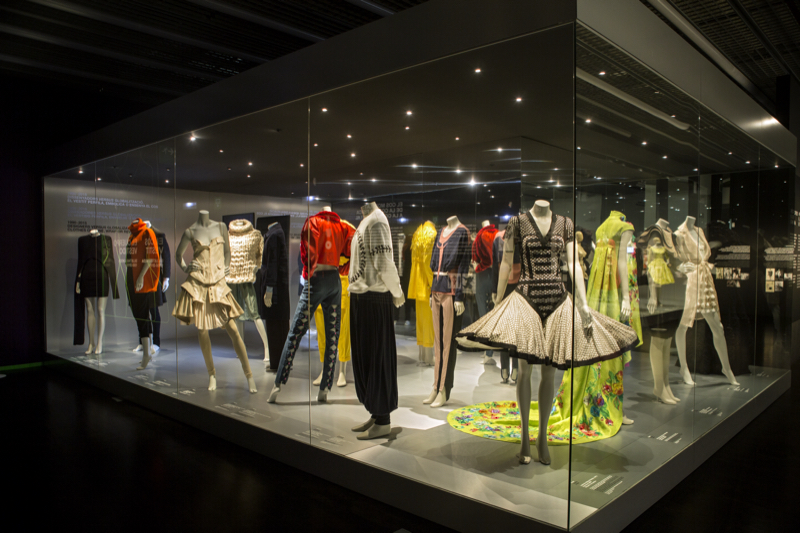
Modifying the appearance of the body
The exhibition is structured in how each mode of dress modifies the appearance of the body. The garment:
1. Expands
The dress creates volume via internal structures or via stiff, full fabrics which separate it from the body. The designs widen the figure from the waist to the feet: farthingales, petticoats, crinolines and stowaways or they envelopand widen the silhouette: shawls and capes.
2. Reduces
The dress diminishes the natural forms of the body, especially the chest and waist. In this respect the aim is to constrain the torso with corsets, doublets, fasteners and belts.
3. Lengthens
The dress stretches the image so the body looks taller. The accessories are designed to lengthen the figure: high heels and platforms, hairstyles, hats and dresses with long tails.
4. Profiles
The dress follows the shapes of the body without modifying it. The complements help to mark the silhouette: stockings, gloves, swim-wear and t-shirts of knitwear and elastic fabrics.
5. Uncovers
The dress hints at the silhouette, shows legs and arms and reveals the skin. The garments reveal the figure: transparent fabrics, short dresses, sleeveless and low cut.
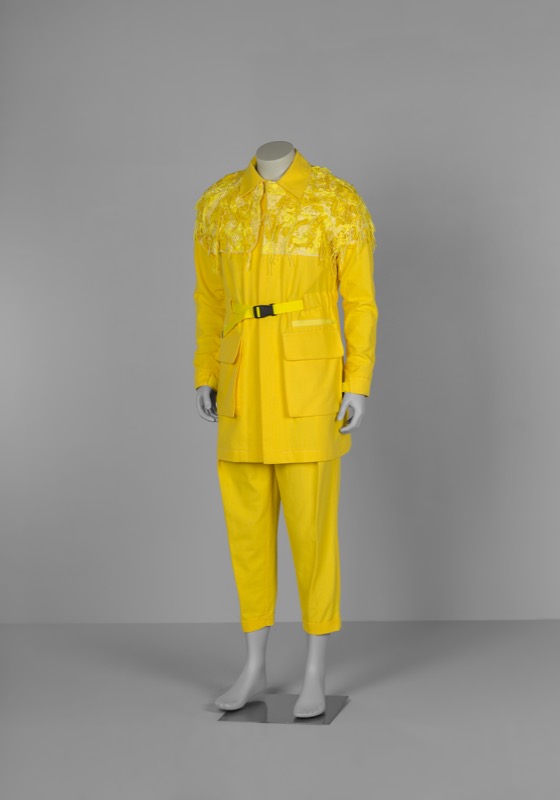
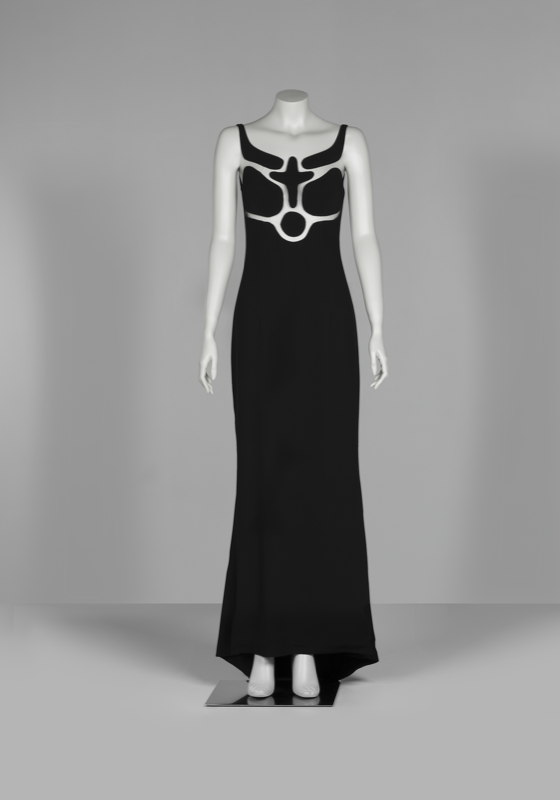
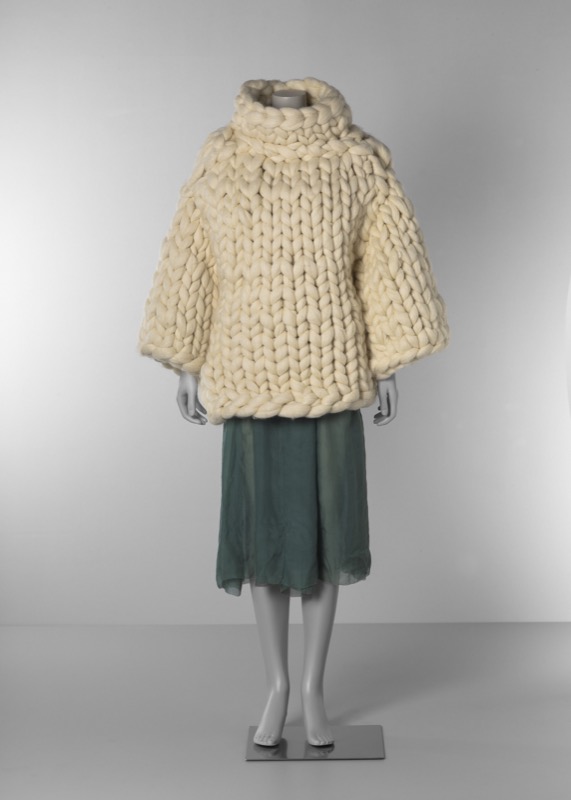
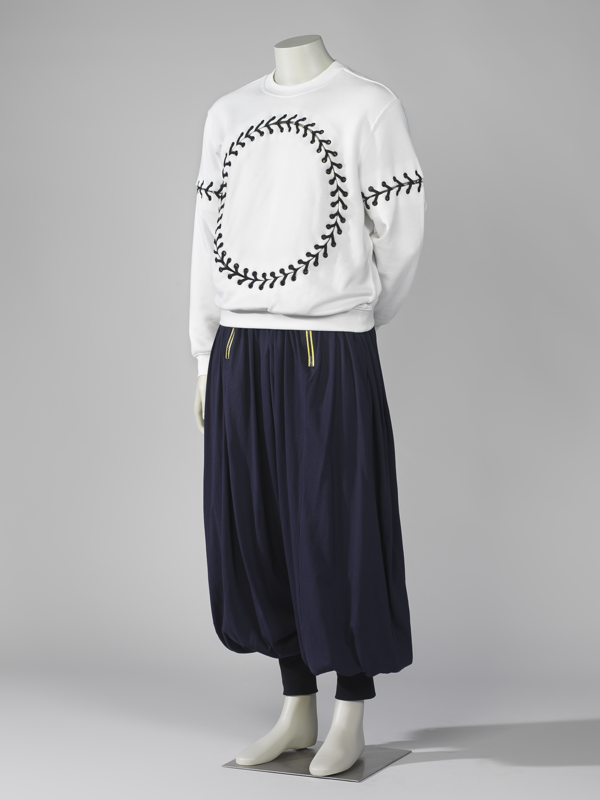
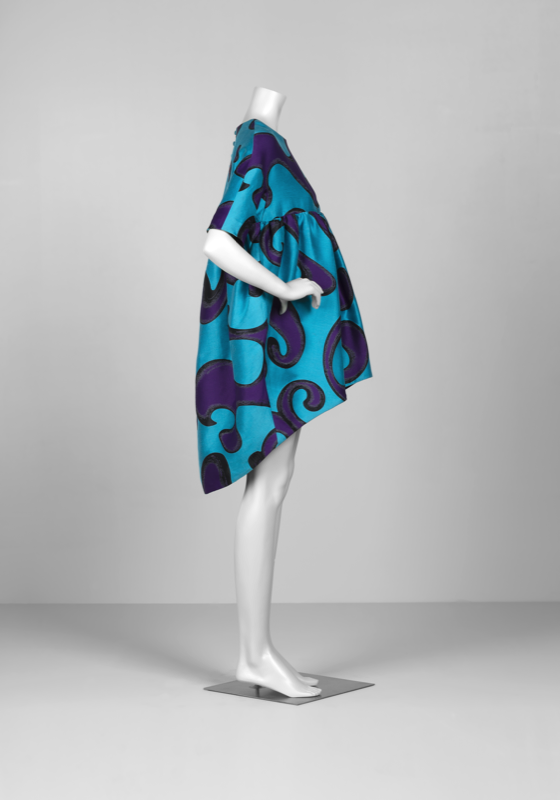
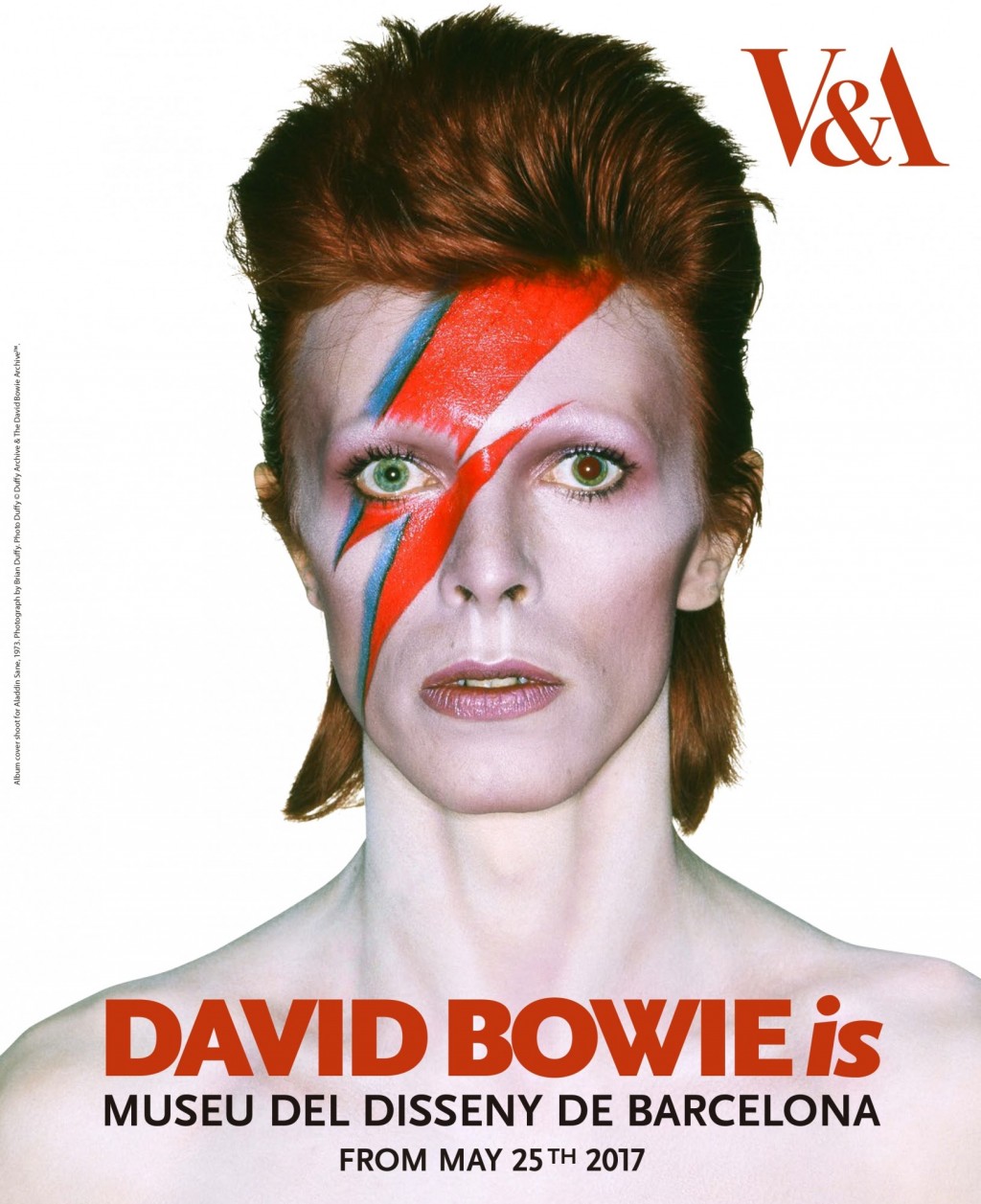
The traveling exhibition ‘David Bowie is‘ comes to Barcelona leaving behind a great expectation. This successful and innovative exhibition organized by the Victoria and Albert Museum in London (V & A) can be visited since last Thursday at the Museum of Design in Barcelona. The only statewide centre to host this cultural event which has already received more than 1 and half million visits on their world tour after passing through countries like Canada, Australia, Brazil and Japan.
This is an extensive retrospective on David Bowie and includes a complete audiovisual experience thanks to the use of the most advanced multimedia technology. More than 300 objects are exhibited together: handwritten song lyrics, original costumes, fashion items, photographs, films, music videos, set designs, instruments owned by Bowie himself and album covers on a journey that looks at all stages of this musical icon and its various influences and contributions in the world of 20th century pop culture .
This exhibition consists of material collected over the last five decades by the ‘David Bowie Archive’ and takes a profound look at the music and individualism of the British artist who has inspired other artists by defying conventions and seeking freedom of expression in other disciplines such as fashion, design or contemporary culture where Bowie himself has left a mark on all of them.
Parallel Activities
In addition to the exhibition that will be open to the public until the 25th September, 2017, the city will host during these months several activities related to the famous British artist that encompass different areas of his overwhelming identity. In the musical field we highlight a symphony concert of the OBC taking place on the 13th July in L’Auditori where 65 musicians play on stage some of Bowie’s masterpieces such as ‘Lazarus’, ‘Blackstar’ or ‘Girl Loves Em’. In cinematographic terms, a series of films will be shown where the legendary artist has a prominent role exploring his interpretive facet. Finally, the ‘Bowie Talks’ confabs have also been organized at the UPF Barcelona School of Management. A series of lectures with the participation of prominent figures related to the artist, including the charismatic fashion designer Kansai Yamamoto, BBC documentary filmmaker Francis Whately and the official photographer of several of his world tours, Denis O’Regan, among others.
All information on schedules, activities and spaces can be found on the web that has been enabled for the expected exposure on the versatile figure of David Bowie:www.davidbowieis.es
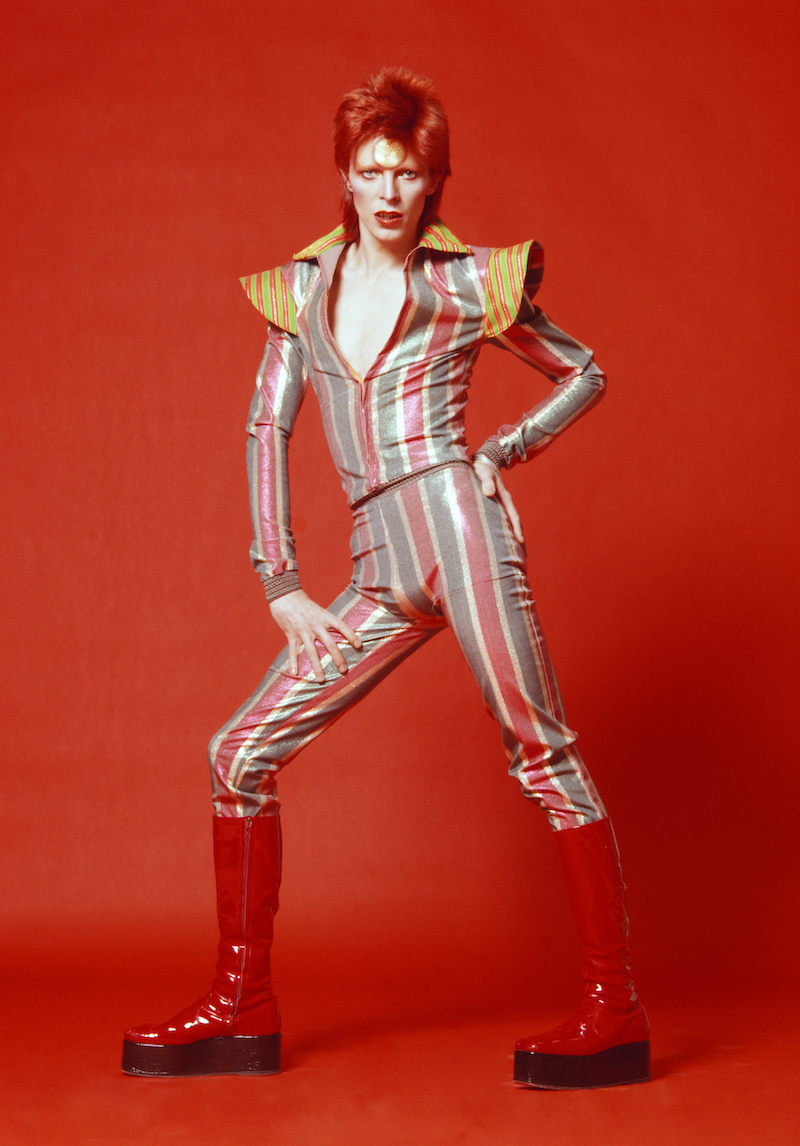
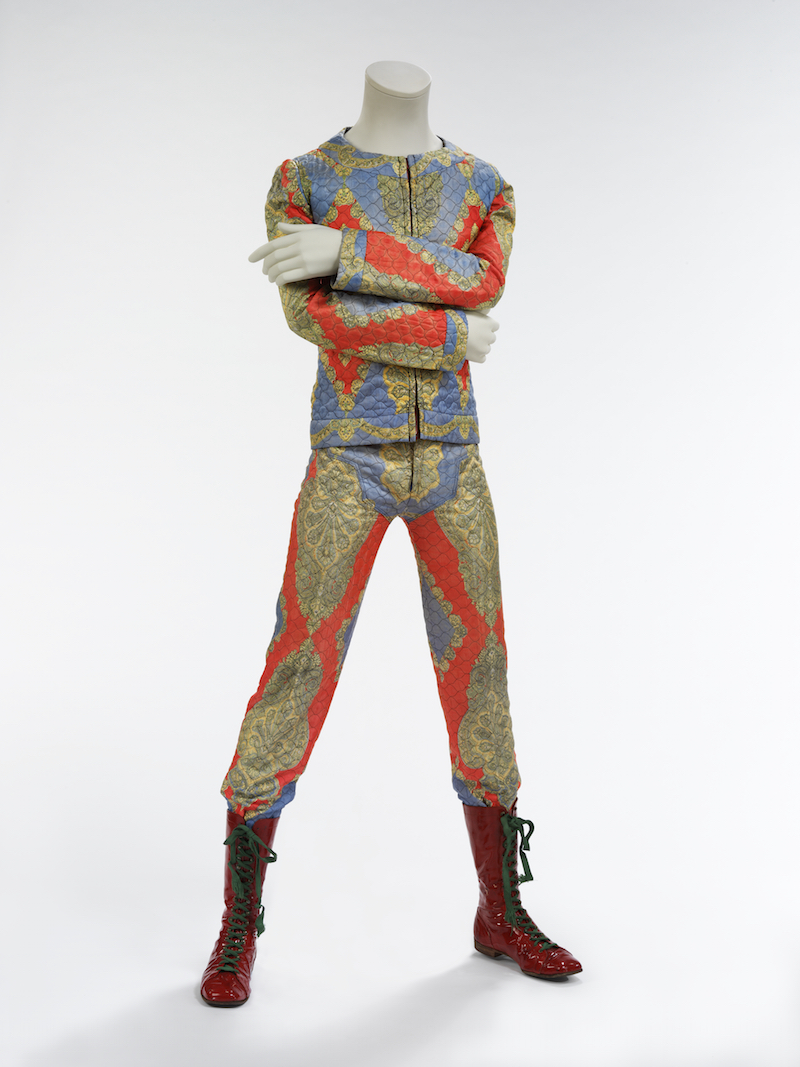
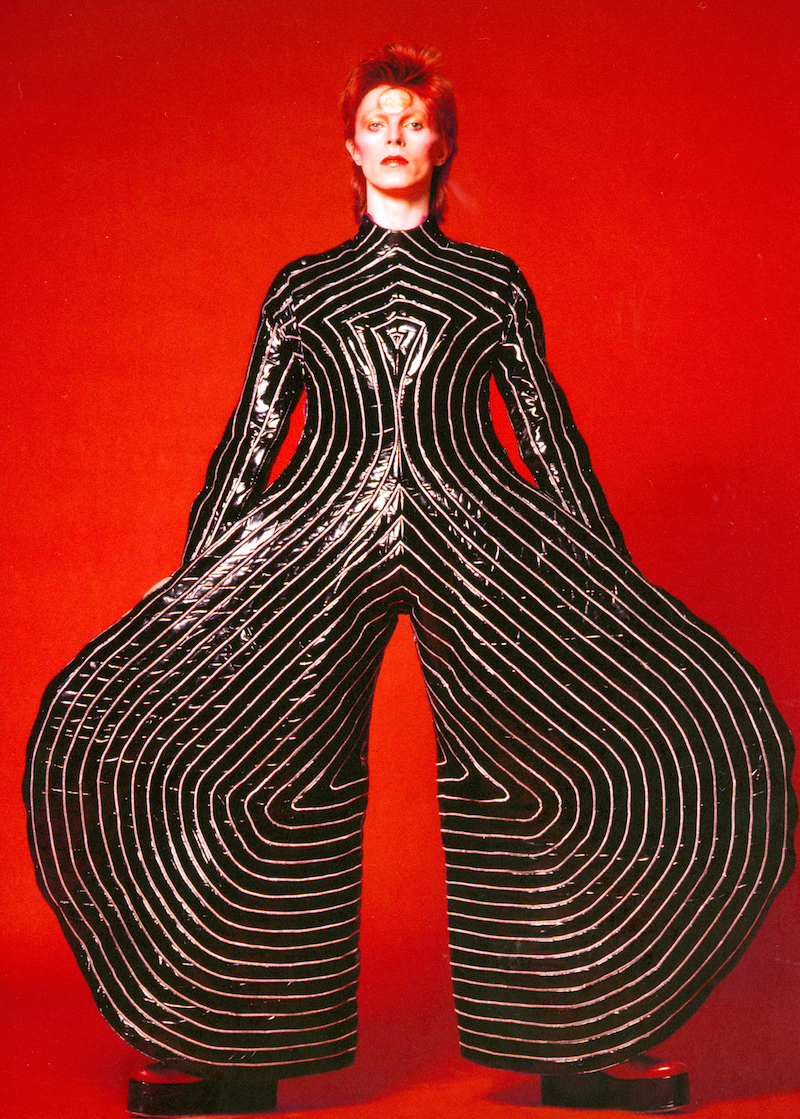
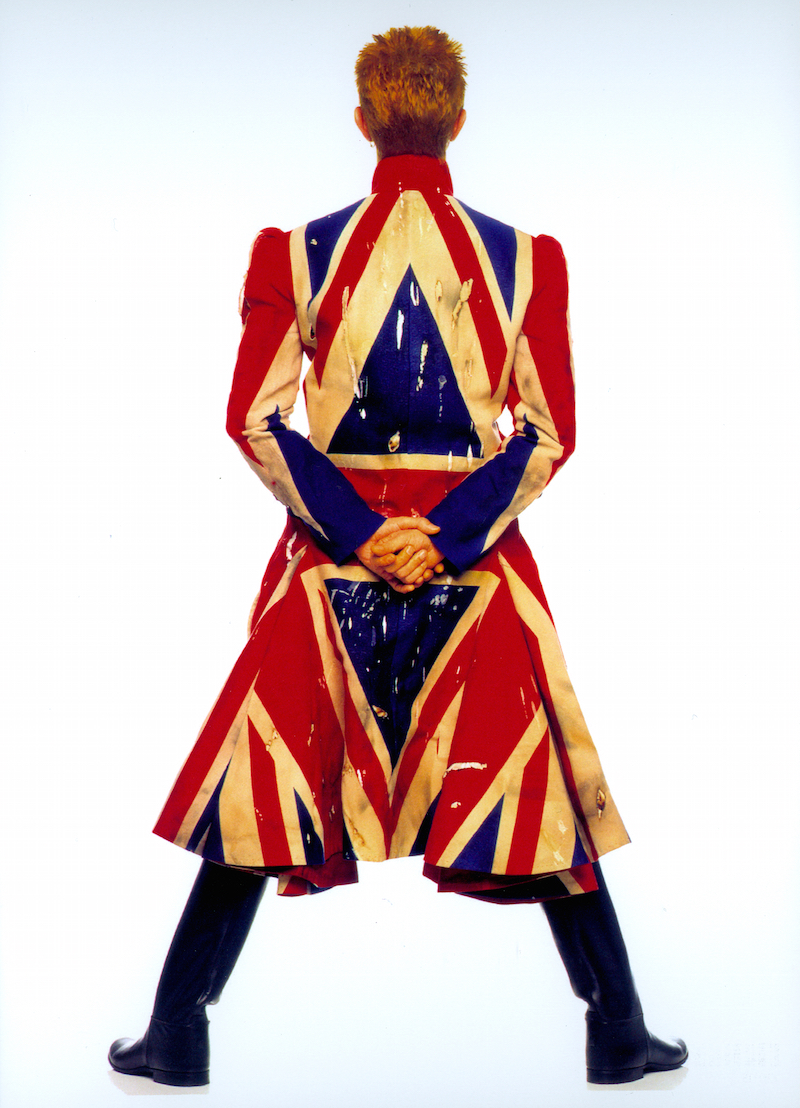
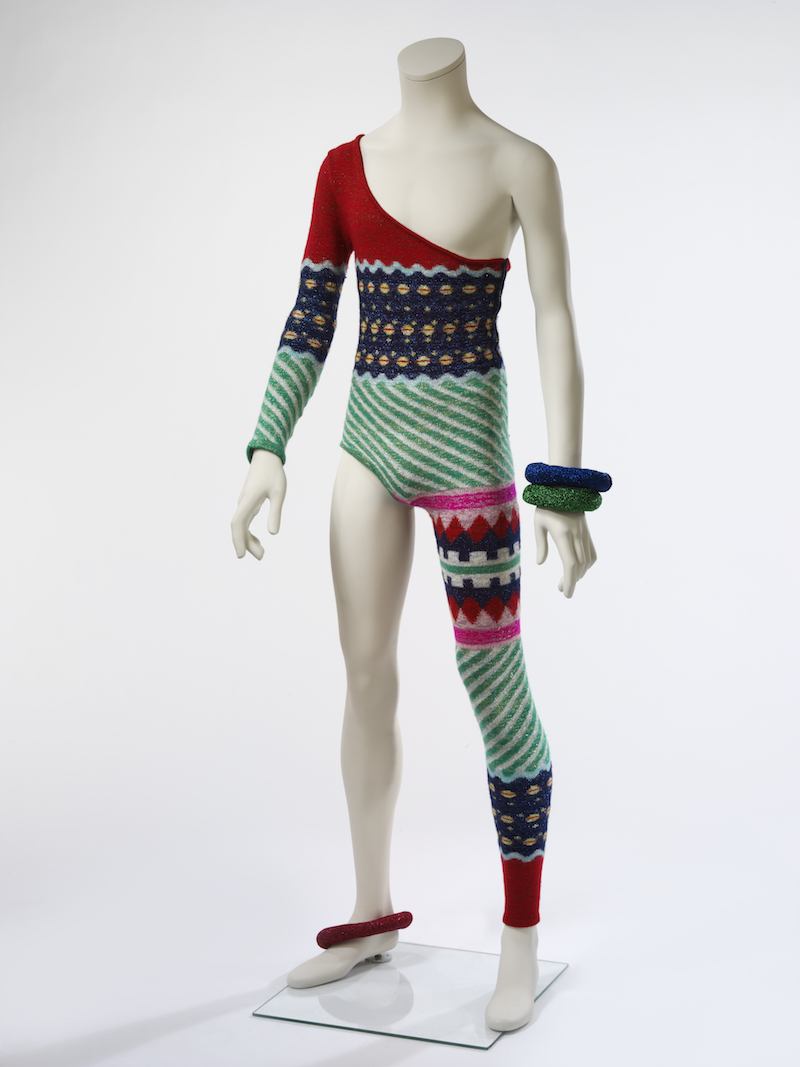
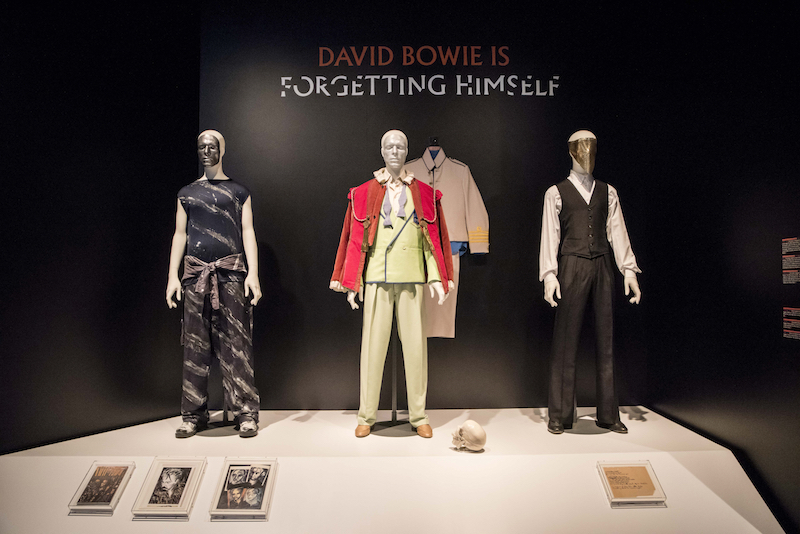
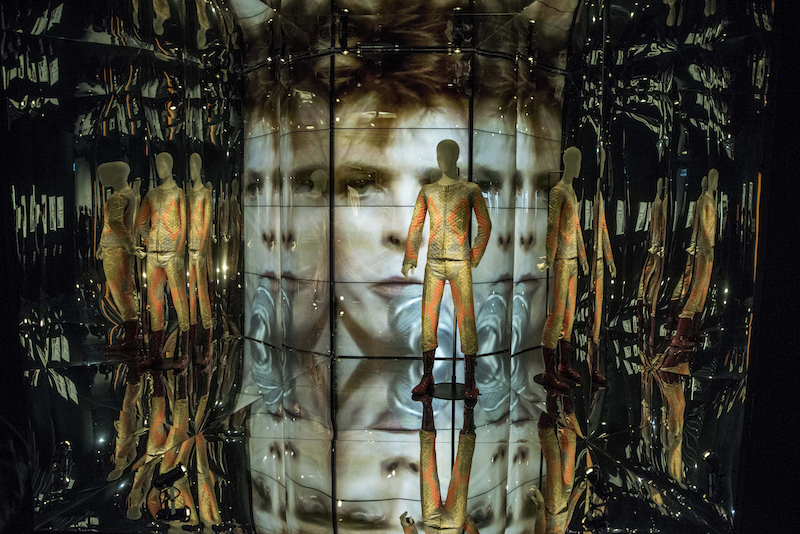
(Images courtesy of Museu del Disseny de Barcelona)
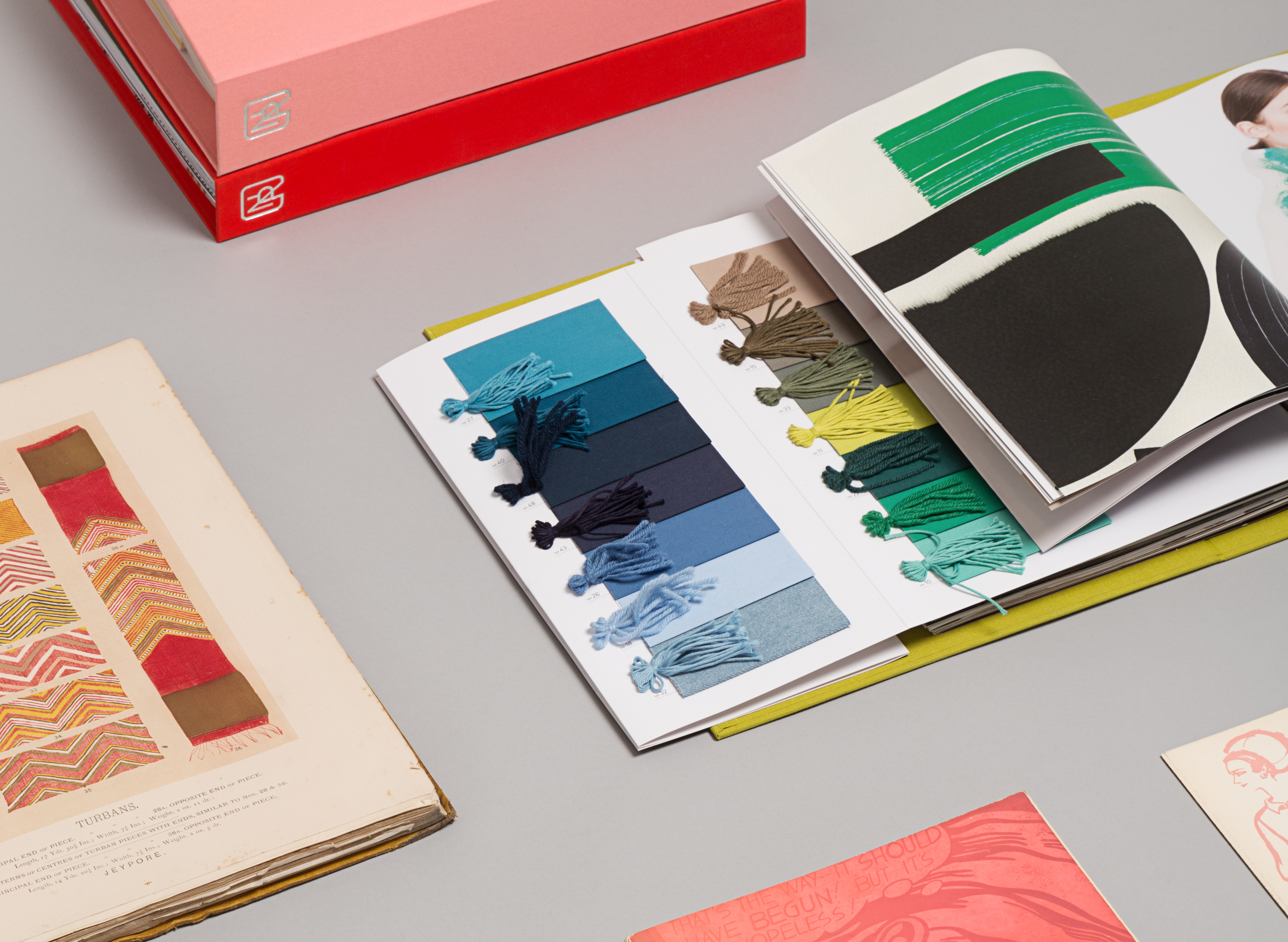
How do trends arise ? What will be the trends of the next few years ? What influence do they have on the big consumer brands ? How will we be able to understand them ? If you are curious about design in all its variants (fashion, furnishings, jewelry, interiors …) and you are a professional with links to the creative sector, then don’t miss the new day-session being organised by the Barcelona Design Museum for 23rd March.
The Second Day-Session on Creativity and Trends will focus on the identification of the main up-and-coming trends influencing the present day and on the acquisition of useful tools to get to know the market. So with the title ”Inspiration, reaction and activation” work-shops, discussions and round-tables have been organised which centre on a common link: creativity.
The starting-pistol will be fired by the conference led by Vincent Grégoire, Creative Director of the agency Nelly Rodi, presenting the trendbook “Life & Style 2019/2019” and analysing the main trends of the season, a conversation which could prove to be an inspiration for many creative people.
Afterwards there will be a forum on creativity led by four key agents from the city of Barcelona who are active in different sectors, such as audiovisual ( Luis Cervero, from Estudio O ), spatial conception ( Inés Sans-Miró, from Casa Bonay), gastronomy ( Daniel Córdoba-Mendiola, fromThe Hunter ) and music (David Carabén , from Mishima) in a discussion chaired by Francesca Tur, Director of Tendencias.tv.
At this event there will also be a dialogue between Marta Martín, Director of the Masters Programme in Fashion Communication from Ramón Llull University and Daniel Pérez, Consultant in Strategic Communication for life-style brands. The topic for discussion will be “ The Revaluation of What is Human”, a theme which focuses on individuality, workmanship and emotion.
Finally the day will close with six work-shops focusing on a specific creative experience: jewelry (Teresa Estapé), artist ( Imena Pérez Grobet ), furnishing (Otter ), editorial projects (Folch Studio ), fashion ( Andrea Ayala) and ceramics ( Xavier Mañosa d’Apparatu ).
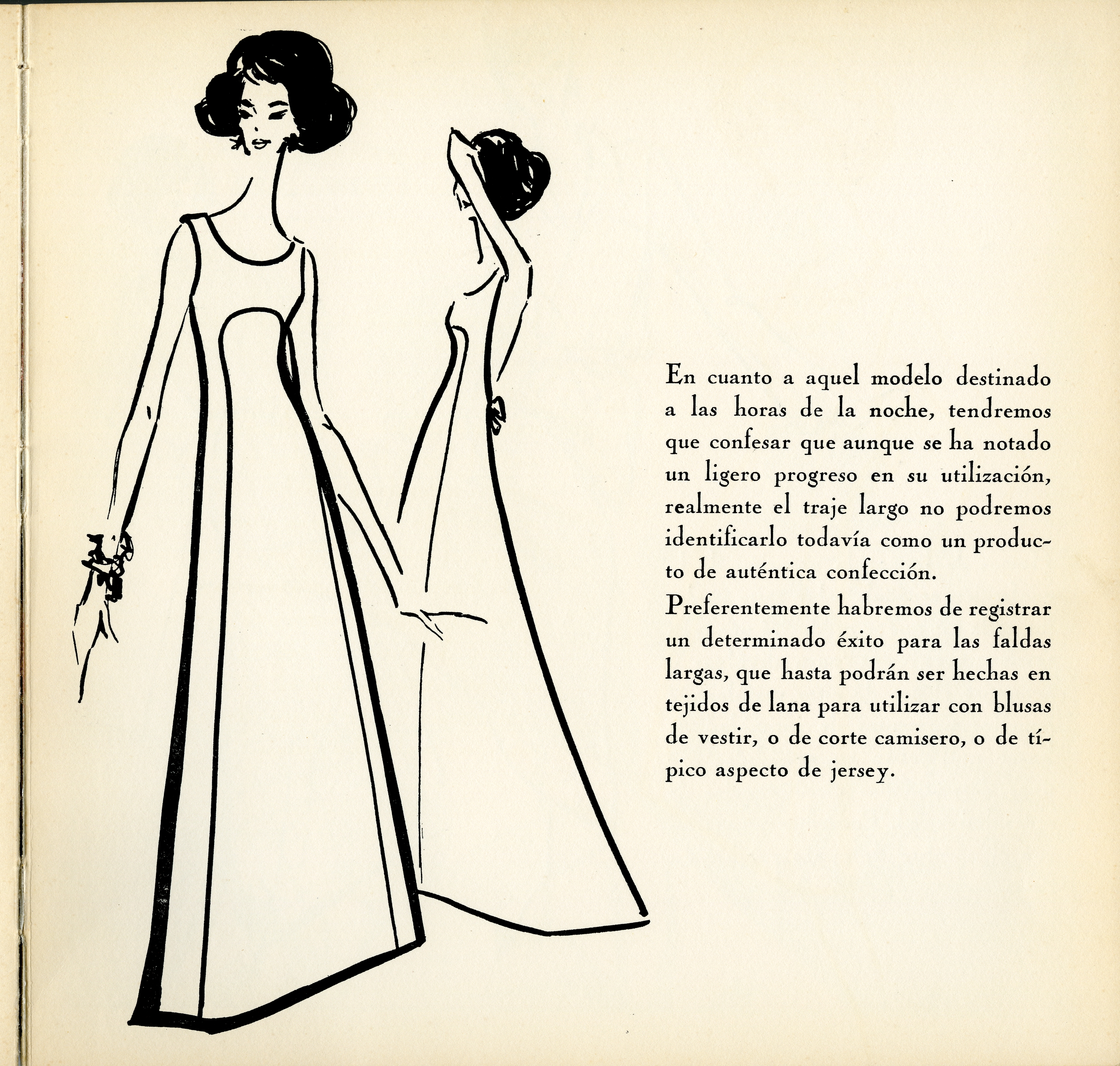
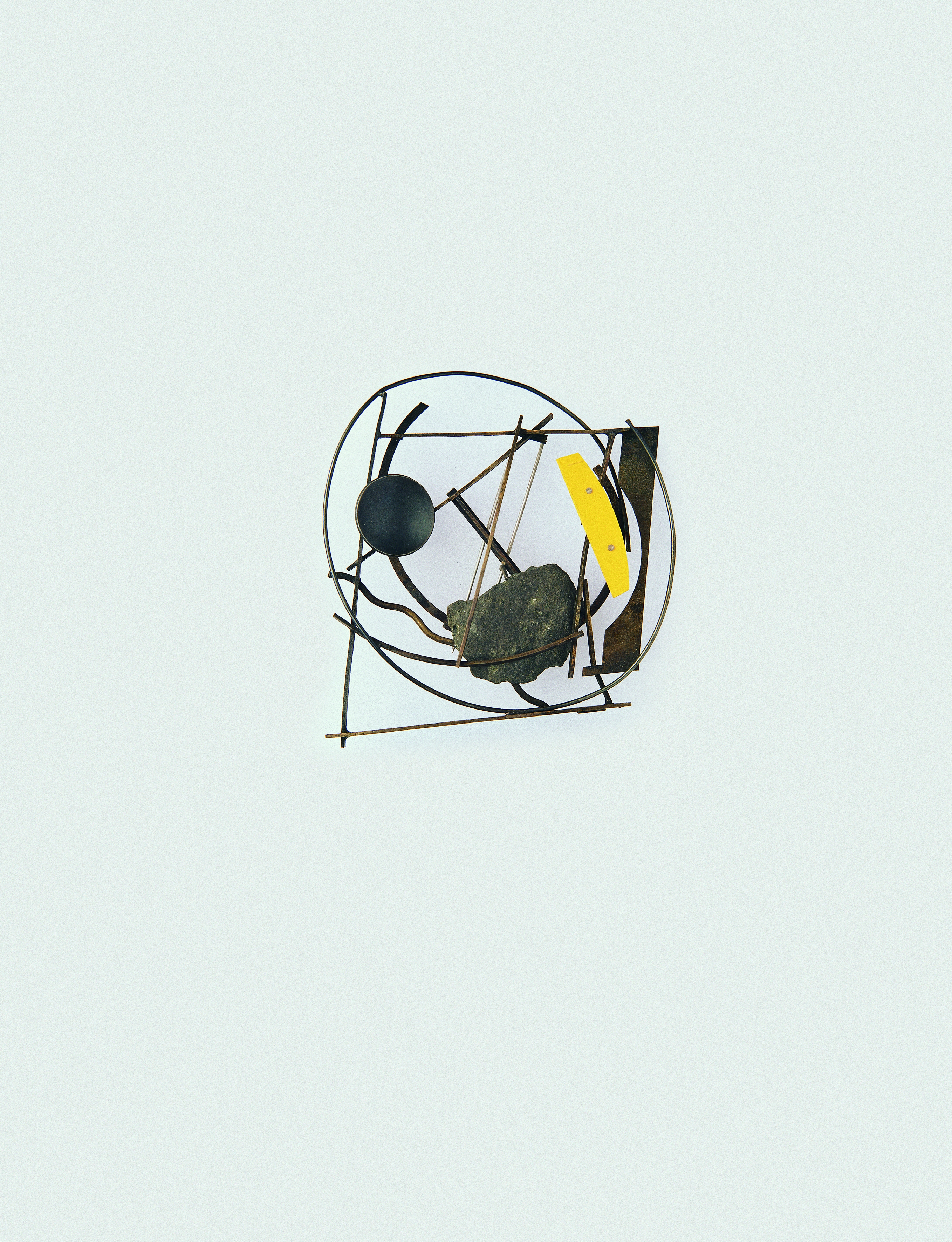
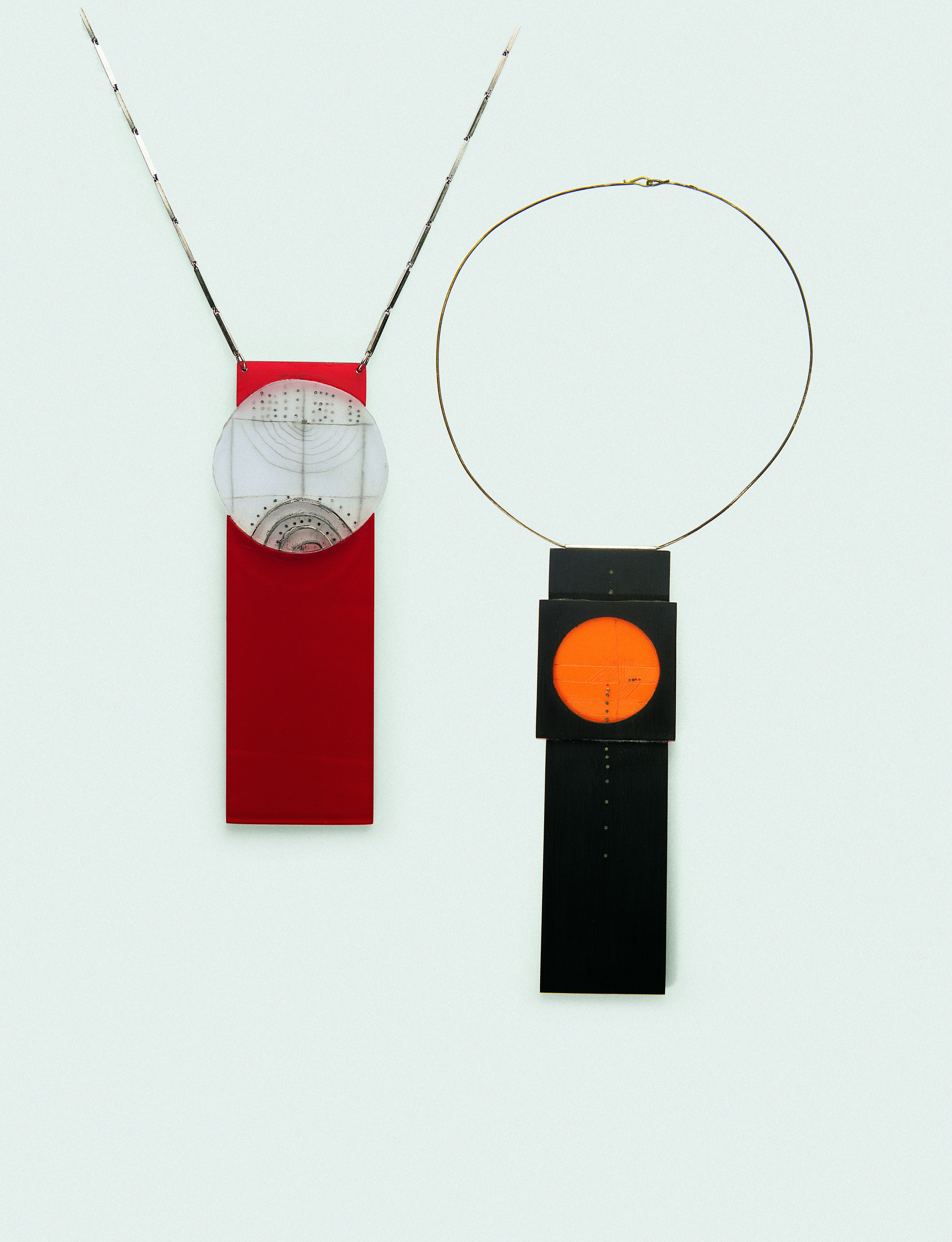
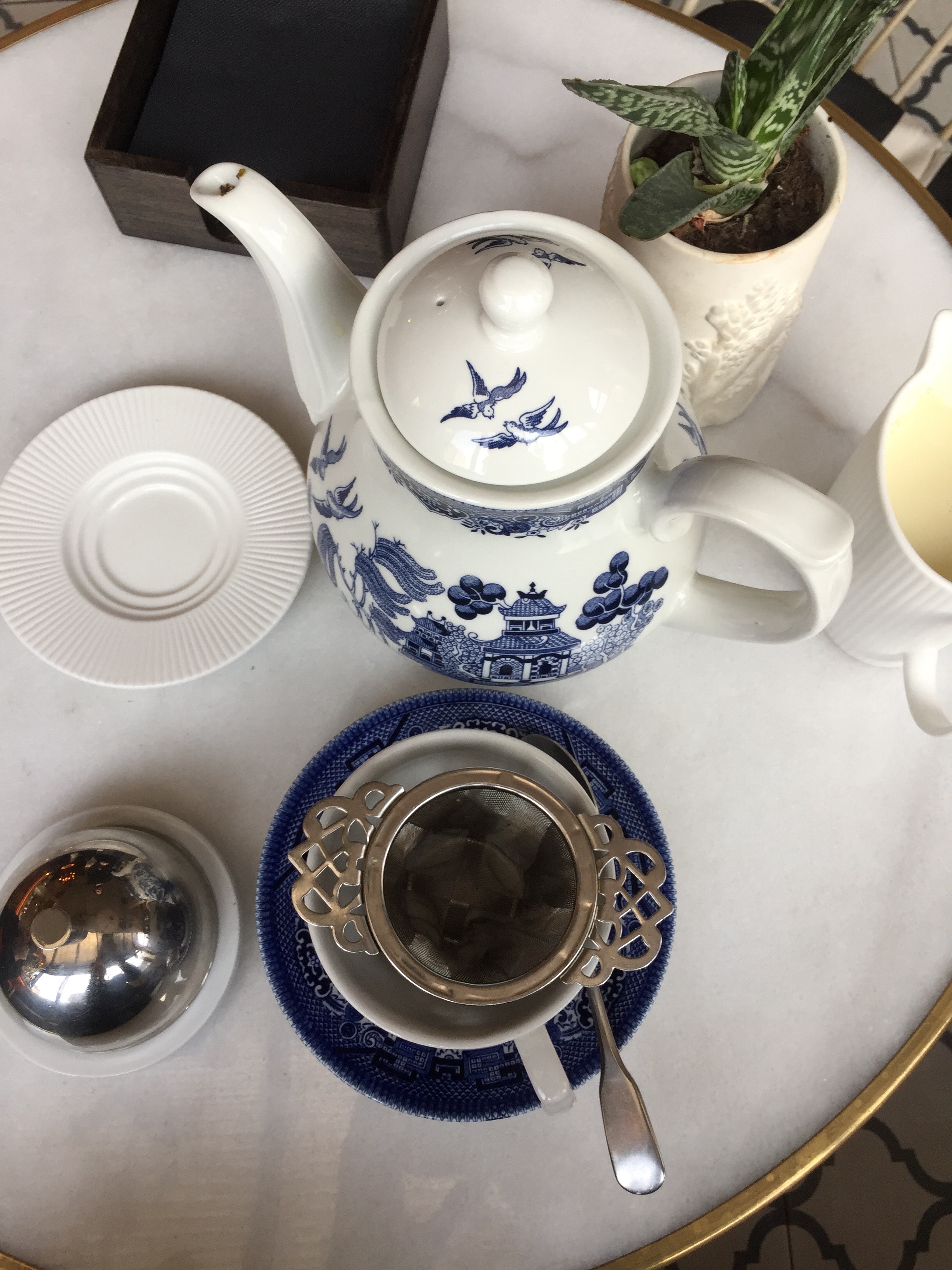

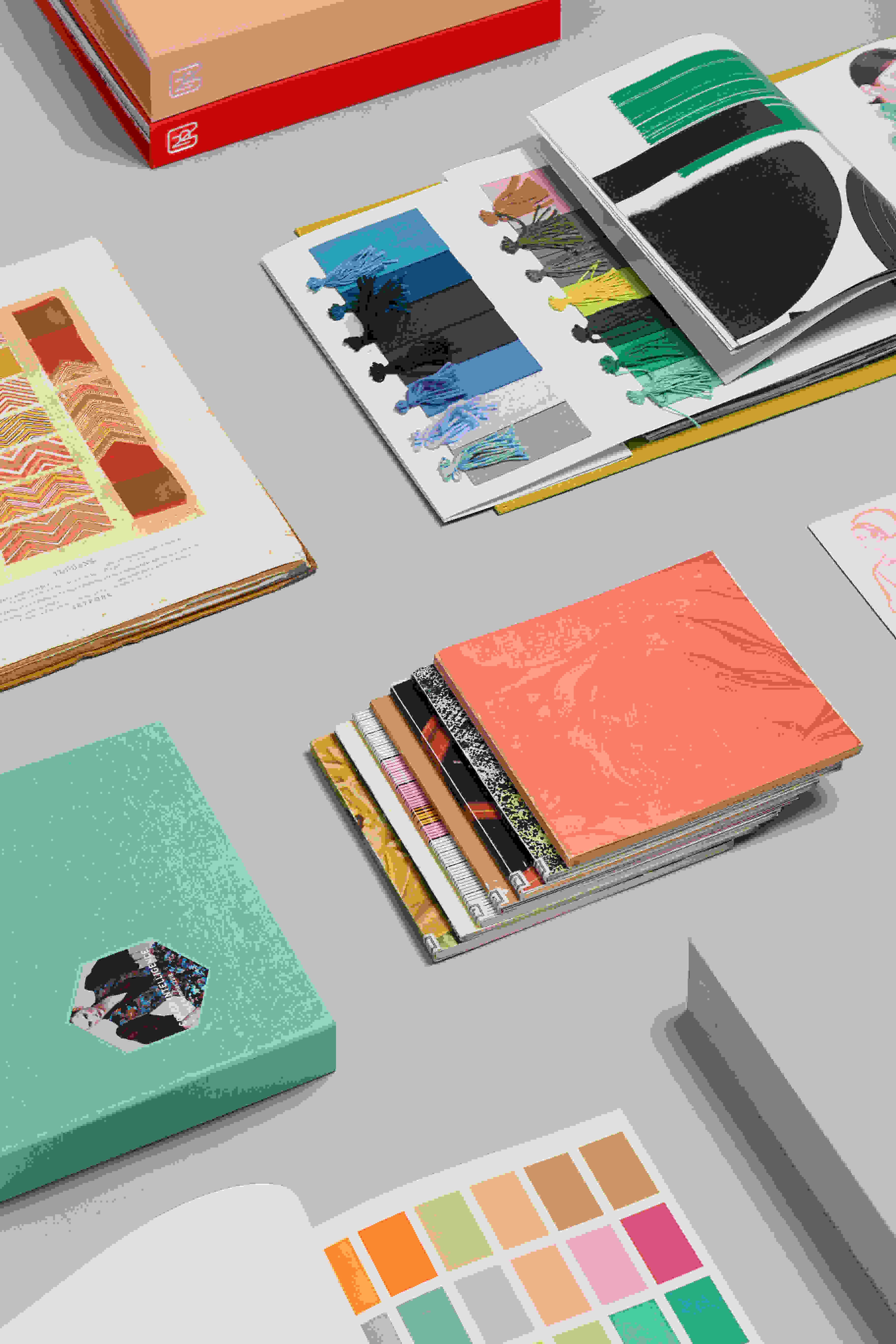
 To dress well you have to do it accordingly, from head to toe. We must never neglect to decorate any part of the body, especially the one that covers the source of all ideas. As a good couturier, Cristóbal Balenciaga never forgot the importance of the hat when it came to making a perfect outfit. Perhaps this aspect of him as a hatter was overshadowed by his innovative designs that gave him fame and prestige in his time. Not for nothing is this Basque designer considered one of the great needle-workers in the history of fashion. Now, in order to unearth the brilliance and perfectionism of this add-on, a separate chapter is being dedicated to it. Thus Barcelona is hosting for the first time a unique exhibition focused on the hats and headdresses of Cristóbal Balenciaga . An extraordinary sample , the result of years of joint research on the collections of hats at Museo Cristóbal Balenciaga, located in Guetaria, and the Museu del Disseny de Barcelona, institutions which have co – produced the exhibition , curated by Igor Uría the curator of the Museum Cristobal Balenciaga and Sílvia Ventosa, curator of textiles and clothing from the Barcelona Museum of Design .
To dress well you have to do it accordingly, from head to toe. We must never neglect to decorate any part of the body, especially the one that covers the source of all ideas. As a good couturier, Cristóbal Balenciaga never forgot the importance of the hat when it came to making a perfect outfit. Perhaps this aspect of him as a hatter was overshadowed by his innovative designs that gave him fame and prestige in his time. Not for nothing is this Basque designer considered one of the great needle-workers in the history of fashion. Now, in order to unearth the brilliance and perfectionism of this add-on, a separate chapter is being dedicated to it. Thus Barcelona is hosting for the first time a unique exhibition focused on the hats and headdresses of Cristóbal Balenciaga . An extraordinary sample , the result of years of joint research on the collections of hats at Museo Cristóbal Balenciaga, located in Guetaria, and the Museu del Disseny de Barcelona, institutions which have co – produced the exhibition , curated by Igor Uría the curator of the Museum Cristobal Balenciaga and Sílvia Ventosa, curator of textiles and clothing from the Barcelona Museum of Design . A key complement
A key complement


























